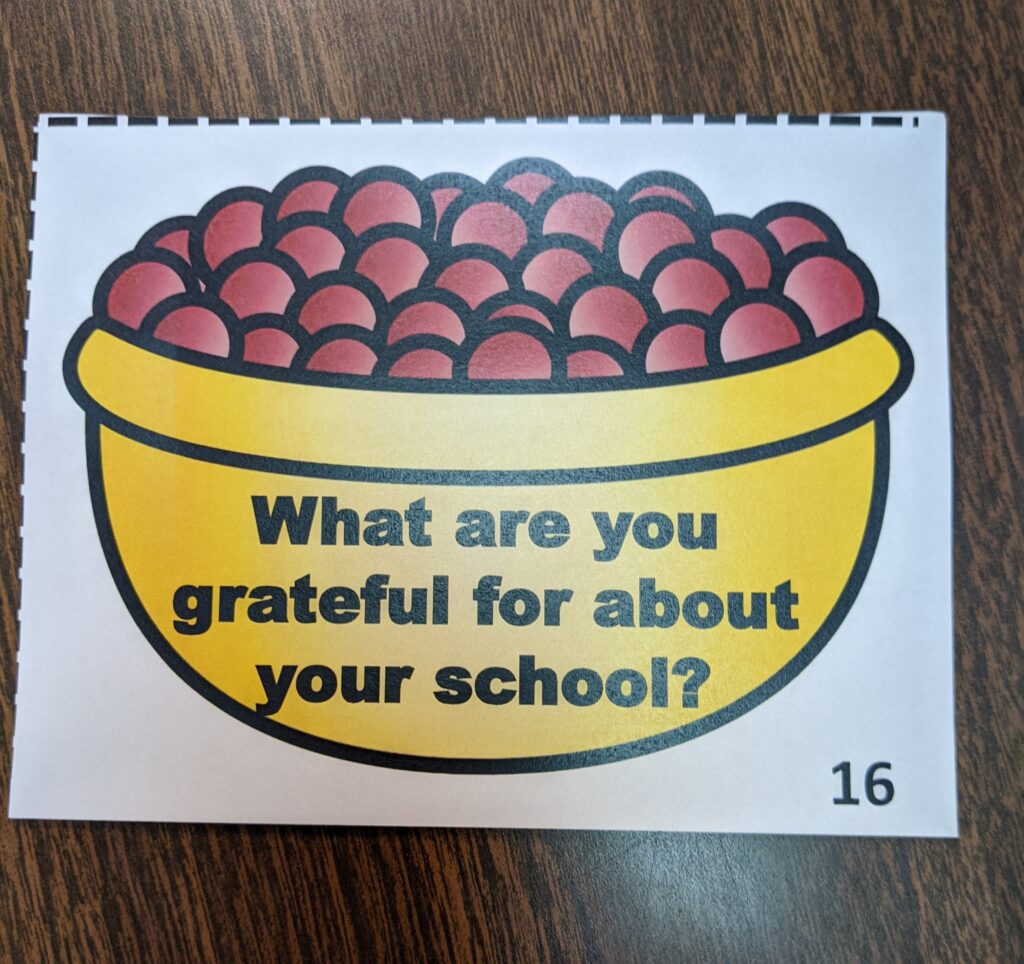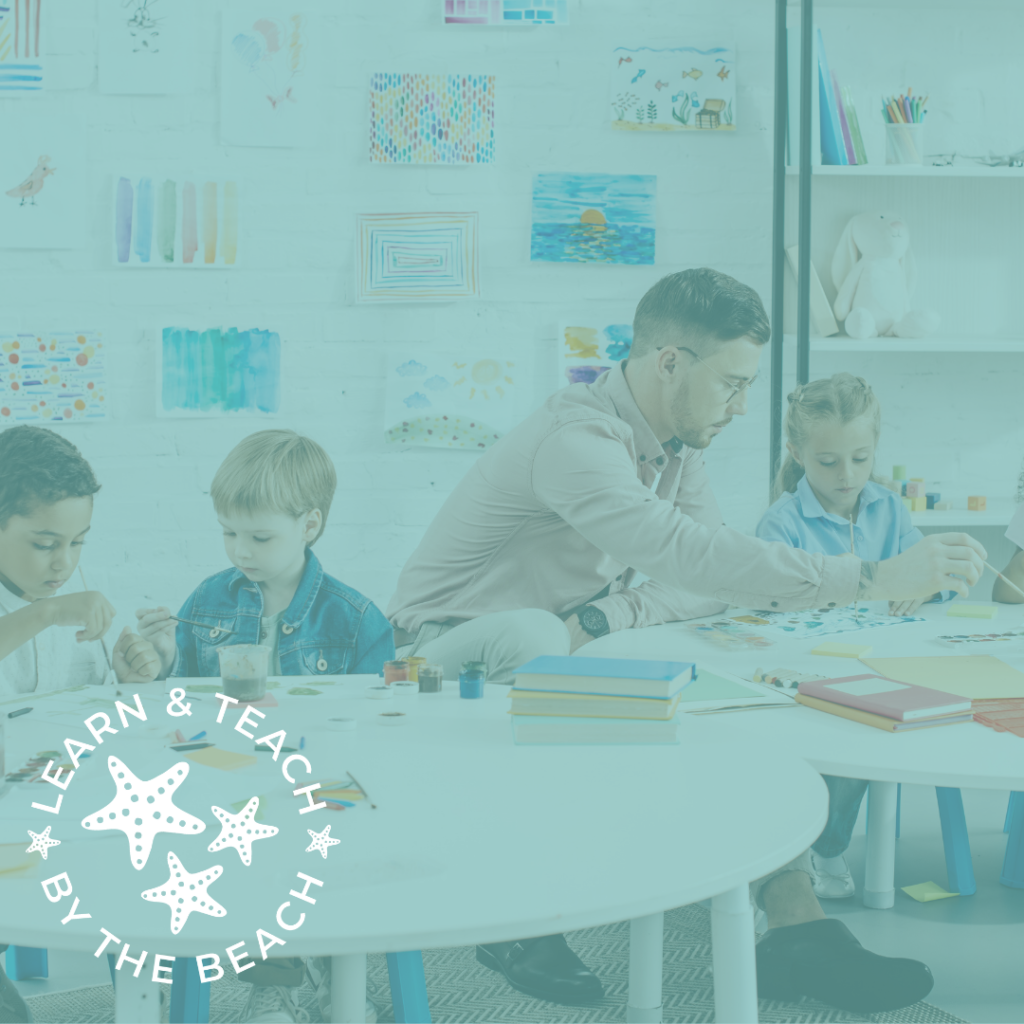Teaching gratitude to kids builds kindness, empathy and fosters a positive learning environment. This practice helps them understand the value of expressing appreciation and cultivates a habit of acknowledging the efforts of others.
How can you teach gratitude in the classroom?
- Model an attitude of gratitude-share with your students that you are grateful for their hard work, effort and contributions to your classroom community. This helps students to be seen and heard and makes them feel like they are an important part of your class.
- Begin a gratitude ritual-during your morning meeting use the following prompt: “I’m grateful for ___ because ___.” Use a variety of prompts to show that gratitude can be used for many different parts of your life. In addition, share your answers to model your gratefulness.
- Incorporate gratitude activities-create a classroom gratitude journal. Students can contribute as a group or individually. Each student can write about how they are grateful for their family, pets, etc. These pages can assembled into a book as a family gift.
- Discuss emotions-Teach students about emotions that are associated with gratitude such as joy, appreciation, and empathy, and how expressing gratitude can positively impact their well-being and relationships. Positive emotions not only help with a classroom community, but with improving self-confidence as well.
- Express gratitude-teach students that expressing gratitude can be as simple as saying “thank you.” Students can draw pictures, write thank you notes and cards to begin a habit of gratitude that they can practice everyday. Read more about gratitude here!
Gratitude Prompts
So, how do you begin a gratitude ritual or tradition in your classroom? One way is to use daily gratitude prompts. You can use a calendar format or individual prompt cards.
Grab a FREEBIE- Click here or on the picture below.
Want 32 gratitude prompts? Check out the preview for my full resource!
In closing
Teaching gratitude builds empathy and helps students practice kindness. Secondly, these social skills develop a positive classroom community. Finally, children who express gratitude toward their family and friends tend to build deeper, more meaningful connections, creating a supportive and nurturing social environment that contributes to their overall happiness and well-being.
Supporting you always! 💗












